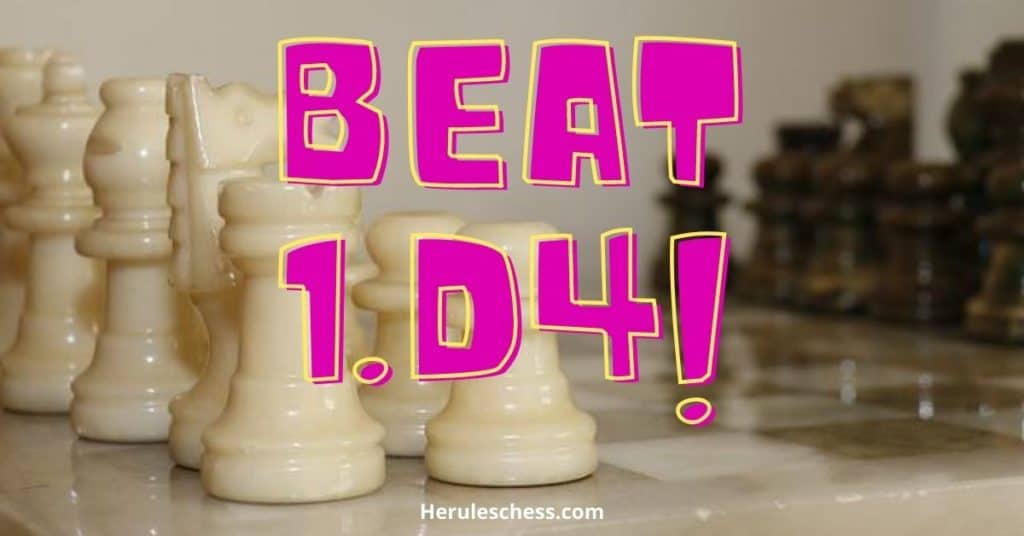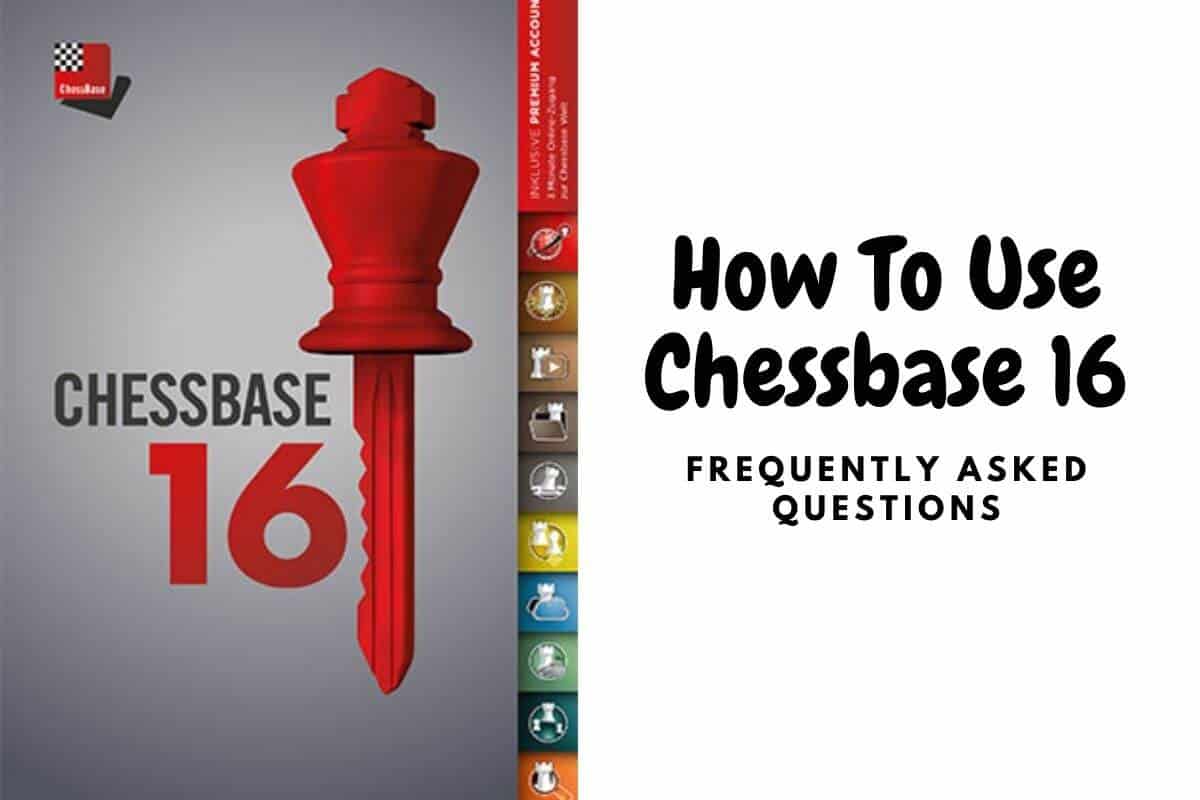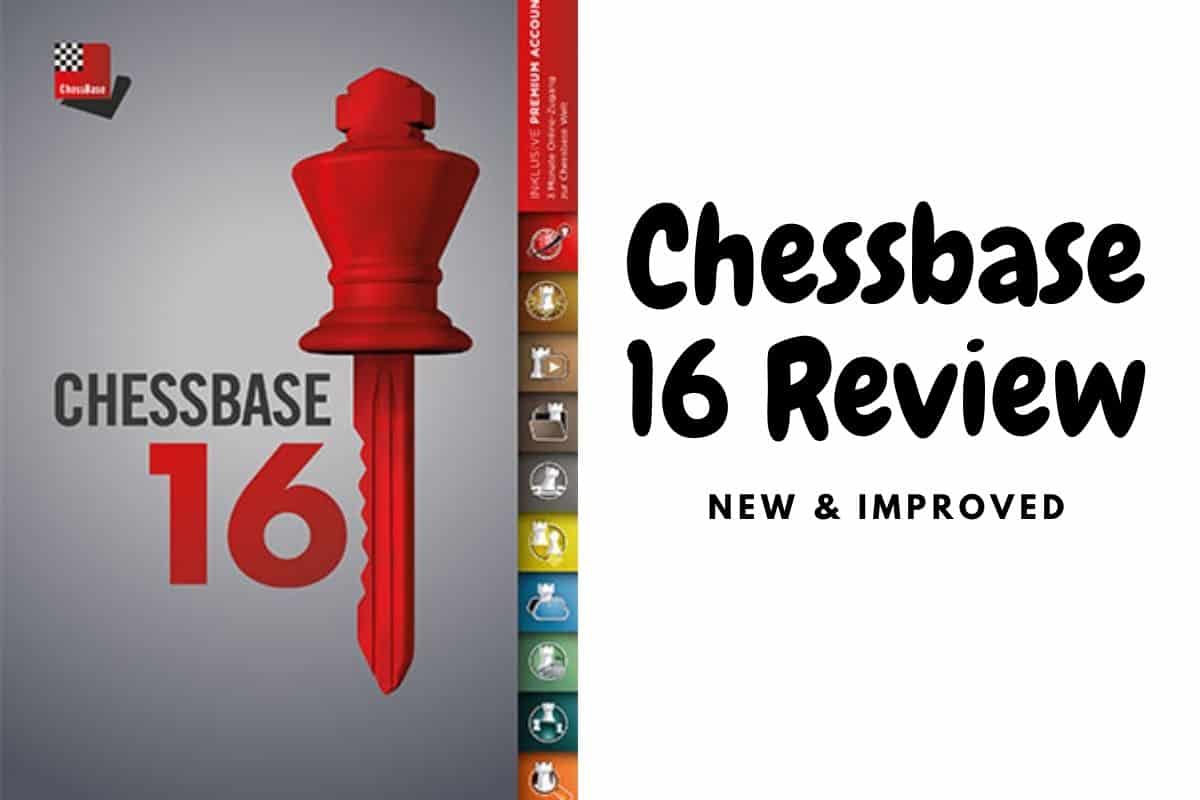We’ll work our way towards understanding the best chess opening move against the Queen’s pawn opening which begins with the move 1.d4
With this move, White makes an attempt to claim as much central territory as possible by first bringing the pawn to d4. Quite often he intends to continue with the moves c4, Nc3 and e4 which his is main goal in the Queens pawn opening.
As we’ll see further in this article, Black has developed specific recipes that tend to frustrate White’s attempt to gain this overwhelming center and which also threatens White’s ability to gain an advantage. So what is the best chess opening move against 1.d4?
The Nimzo Indian Defense is the best chess opening move against d4 and it begins with the set of moves 1.d4 Nf6 2.c4 e6 3.Nc3 Bb4. The Bishop pins the Knight and indirectly maintains control of the e4 square. This is a hyper-modern way of playing chess in the 21st century.
White’s Idea of Playing 1.d4

After the move 1.d4, Black’s most common replies are the moves:
- ..Nf6
- ..d5
Both of these moves prevent White from advancing his e-pawn in the center. It’s very interesting to note that even if Black does not play in such a fashion as to prevent the move e2-e4, White often does not go for e2-e4.
For e.g if Black plays 1…e6 or 1…g6 which are both sometimes played, instead of playing 2.e4, White often plays the move 2.c4 with the idea of playing Nc3 and only then going for e2-e4. Similarly, if Black opts for the move 1…Nf6 , White will play 2.c4 again with the same idea of bringing his Knight to c3.

Therefore, it is most accurate to say that when White opens up with the 1.d4 (Queen’s pawn opening) his major idea is to continue with the moves pawn c4 and Knight c3. White’s idea of placing pawns on d4 and c4 is quite essential to the Queen’s pawn opening.
On the other hand, there are relatively few games in which we see the counter idea with the moves e2-e4 and f2-f4 in the King’s Gambit opening. When White plays e4 and f4 in the King’s Gambit, he opens up his king’s diagonal which serves as a demerit for White. However, with c2 and c4, this opens up the diagonal for the Queen which White can sometimes profit from this activity.
Diagram Showing King’s Gambit Setup

Even if White castles on the kingside in this position, he can suffer from untimely checks along the a7-g1 diagonal. Therefore when White opens up with the king’s pawn opening, he often does not base his chances for the advantage on bringing out the f-pawn, but instead goes for the rapid/gradual advance of d2-d4 as a way to control his support of the center.
For example in the very popular Sicilian opening 1.e4 c5 2.Nf3 d6 3.d4 cxd4 4.Nxd4 White’s advantage in the center is based on the centralized position of the Knight on d4 and the ease of developing his minor pieces.
Another example in the King’s pawn opening where d2-d4 becomes crucial is in the Ruy Lopez.

In this position of the Ruy Lopez, White has an advantage in space in the center based on the ability to bring his d-pawn forward. Thus, while the moves d4 and e4 are both characterized by attempts to gain an advantage in the central territory, the means which are used in either opening vary greatly.
The idea of placing dual pawns on d4 and c4 is quite essential in the Queen’s pawn opening, whereas we do not see the same idea repeated in the King’s pawn opening with pawns on e4 and f4. This difference stems from the starting position of the King and the Queen in the game of chess.
Best Chess Opening Move Against 1.d4
After White opens up with the move 1.d4, Black’s best opening move at the elite level is to continue with the move 1.…Nf6. White continues with 2.c4 and now the strongest reply for Black is 2…e6
Diagram showing best opening moves against 1.d4

One of the key attractive features of Black’s opening moves is that he is preparing to develop his dark-squared Bishop swiftly. Therefore, in the event of the move 3.Nc3, Black now has the ability to play a crucial pin 3…Bb4! This is called the Nimzo Indian Defense.
Diagram Showing Nimzo Indian Defense

In the Nimzo Indian, Black indirectly controls the e4 square, since now if White were to play the move 4.e4 Black can capture the pawn with the Knight. We can conclude that the move 3…Bb4 prevents White from expanding in the center. Because of this fact, White must temporarily relax his ambitions to gain an overwhelming pawn majority in the center, and he must instead content himself with a different plan.
One such plan is to go for the Bishop pair by forcing Black to capture on c3. For example, 4.Qc2 0-0 5.a3 Bxc3+ 6.Qxc3

White has managed to gain the Bishop pair and he also has the advantage of space in the center. The Bishop pair may come in handy later and White may benefit from the central territory especially if he’s able to bring a pawn to e4.
On the flip side, Black has had quite decent result from this position and he even appears to have great chances of equalizing here. Black can and often does deploy his pawns to the d5 and c5 square, and in some cases the White Queen has to move a third time in the event that the c-file opens up.
Black’s flexibility about how to handle his pawns is one of the key aspects of the Nimzo Indian. For example Black may choose to play b6, d5 or c5. This gives Black greater flexibility in the opening.
Another popular option for White in the Nimzo Indian is to play 4.e3 which paves the way for the Bishop to develop on d3 and also postpones the move a2-a3 until Black has deployed his pawn to the d5 square.

4…d5 5.a3 Bxc3+ 6.bxc3 White would have no problem whatsoever in undoubling his pawns with the move cxd5 at the time of its choosing.
Nimzo Indian Vs Queen’s Pawn Opening
1.d4 Nf6 2.c4 e6 3.Nc3 Bb4 4.e3 0-0 5.Bd3 d5 6.Nf3 c5 7.0-0 Nc6 8.a3! Bxc3 9.bxc3 (gaining the bishop pair) White would have no trouble undoubling his c-pawn after a later cxd5.

Although White has gained the bishop pair, his position is a little bit cramped since the pawn on e3 obstructs the bishop on c1. Another interesting variation in the Nimzo Indian arises after the moves
1.d4 Nf6 2.c4 e6 3.Nc3 Bb4 4.e3 0-0 5.Bd3 d5 6.Nf3 c5 7.0-0 cxd4 8.exd4 dxc4 9.Bxc4
The Karpov Variation

White is more active and is basing his chances of the advantage on the ability to rapidly bring his pieces to very aggressive squares. Typical moves may include Bg5, Rc1, Qe2, Rd1. On the flip side, Black has managed to create an isolated d-pawn in white’s camp and has very little problem finding active squares for his pieces.
Development may continue for Black via fianchettoing his light squared bishop b6-b7, Bb7. Black’s bishop profits from this wide open diagonal where it is no longer obstructed by a pawn on d5. Black is very close to complete equality.
These variations demonstrate that the Nimzo Indian is a powerful reply to the 1.d4. With the Nimzo Indian, Black is actually taking the best advantage of White’s key plan in the Queen’s pawn opening which is to deploy his e-pawn in the center via c4, Nc3, e4.
Why the Nimzo Indian is the best chess opening move
- Black is able to profit from the pin by compromising White’s pawn structure
- The pin prevents White plans of extending in the center.
- Black has used only one pawn move and is on his way to complete his kingside development.
- Black is more flexible and has many options of countering in the center.
- White often has to scurry to complete his development.
This flexibility of plans and the ability of damaging White’s pawn structure are part of what makes the Nimzo Indian such a strong and powerful reply to the 1.d4
Conclusion
This analysis of the best opening move to the Queen’s pawn opening helps us to understand why some players are now beginning to prefer 3.Nf3 instead of 3.Nc3. This move temporarily avoids the Bishop pin on b4 and forces Black to demonstrate how he plans to address the situation in the center.
This analysis also shows why the move 2.g6 as opposed to 2.e6 is a somewhat more pleasant option for White to face. White has no difficulty at all in continuing with his main plan of Nc3, e4, thus grabbing more space in the center.






